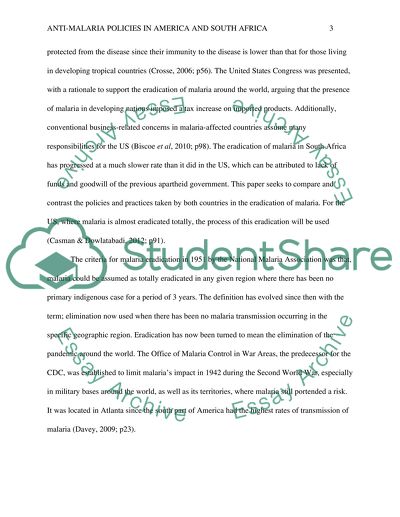Cite this document
(“Malaria is a global health issue, compare and contrast the policies Essay”, n.d.)
Malaria is a global health issue, compare and contrast the policies Essay. Retrieved from https://studentshare.org/health-sciences-medicine/1467016-malaria-is-a-global-health-issue-compare-and
Malaria is a global health issue, compare and contrast the policies Essay. Retrieved from https://studentshare.org/health-sciences-medicine/1467016-malaria-is-a-global-health-issue-compare-and
(Malaria Is a Global Health Issue, Compare and Contrast the Policies Essay)
Malaria Is a Global Health Issue, Compare and Contrast the Policies Essay. https://studentshare.org/health-sciences-medicine/1467016-malaria-is-a-global-health-issue-compare-and.
Malaria Is a Global Health Issue, Compare and Contrast the Policies Essay. https://studentshare.org/health-sciences-medicine/1467016-malaria-is-a-global-health-issue-compare-and.
“Malaria Is a Global Health Issue, Compare and Contrast the Policies Essay”, n.d. https://studentshare.org/health-sciences-medicine/1467016-malaria-is-a-global-health-issue-compare-and.


